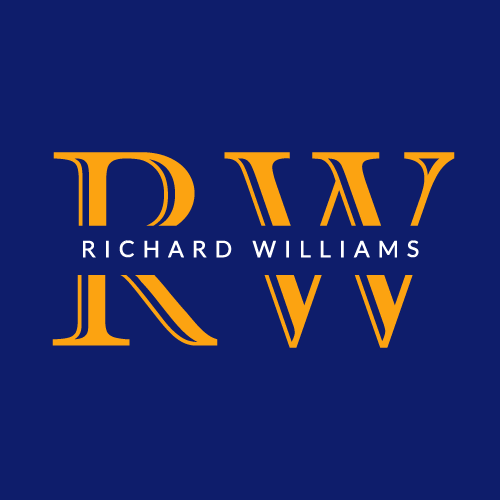Stoking Irrational Fears
"This great Nation will endure as it has endured, will revive and will prosper. So, first of all, let me assert my firm belief that the only thing we have to fear is fear itself—nameless, unreasoning, unjustified terror which paralyzes needed efforts to convert retreat into advance."
That was from President Franklin Roosevelt’s 1932 inaugural address. The terror he was addressing was the three-year-old Great Depression and the fears that drove people to destroy the banks by withdrawing all their money. Roosevelt knew that fear is baked into our DNA and is, in many cases, a rational reaction to risks, particularly high risks.
Like fear, risk is a part of life. All activities that humans engage in, and all substances humans are exposed to, create some risk, however small. The founding principle of toxicology, the science of poisons, says that everything is risky, and is dependent on how much you are exposed to. This is true of both exposure to substances like chemicals and microbes as well as radiation and physical hazards. It’s also true of every activity we engage in, whether work or play.
For example, you can be struck by lightning if you are outside or by a meteorite anywhere. All foods and medicines have the possibility of making us ill, or even killing us if they are contaminated. Snakes in a lake, sharks at the shore and bears in their lairs; everyone is scared of something.
People make money by playing to our fears. They do so by amplifying our fears in newspapers, social media, books, and advertising. Activist groups also make money on your fears by amplifying them. Adam Thierer, an expert in technopanics, calls magnifying fears “threat inflation.”
Threat inflation is only useful for sale when it is fear of things made by humans, because humans can be blamed. If we can blame them, we can regulate, sue, or even jail them.
Sorting the rational from the irrational fears about human threats is made much more difficult when they are inflated. What’s worse, where we fail to recognize that our fears have been irrationally inflated, it causes us to act on them.
Acting on irrational fears, where risk is low, is likely to cause more harm than good. Ban a pesticide that presents very little risk runs the risk of putting a more dangerous one in its place. Not taking a vaccine because of very low risk (for most people) means you may get a virus that kills you. A courtroom finding that a chemical causes cancer, when it’s not true, will cause manufacturers to substitute another chemical that might be higher risk.
More than ever before, stoking the fires of fear of low-risk manmade hazards has become a big industry and it is leading to irrational terrors and irrational controls.
Perhaps we can update President Roosevelt’s speech as, ”The only thing you have to fear is fear itself; and those amplifying nameless, unreasoning, and unjustified terror.”
—
If you'd like to continue the conversation and read more posts like this on risk and regulation, I invite you to subscribe and follow me.

